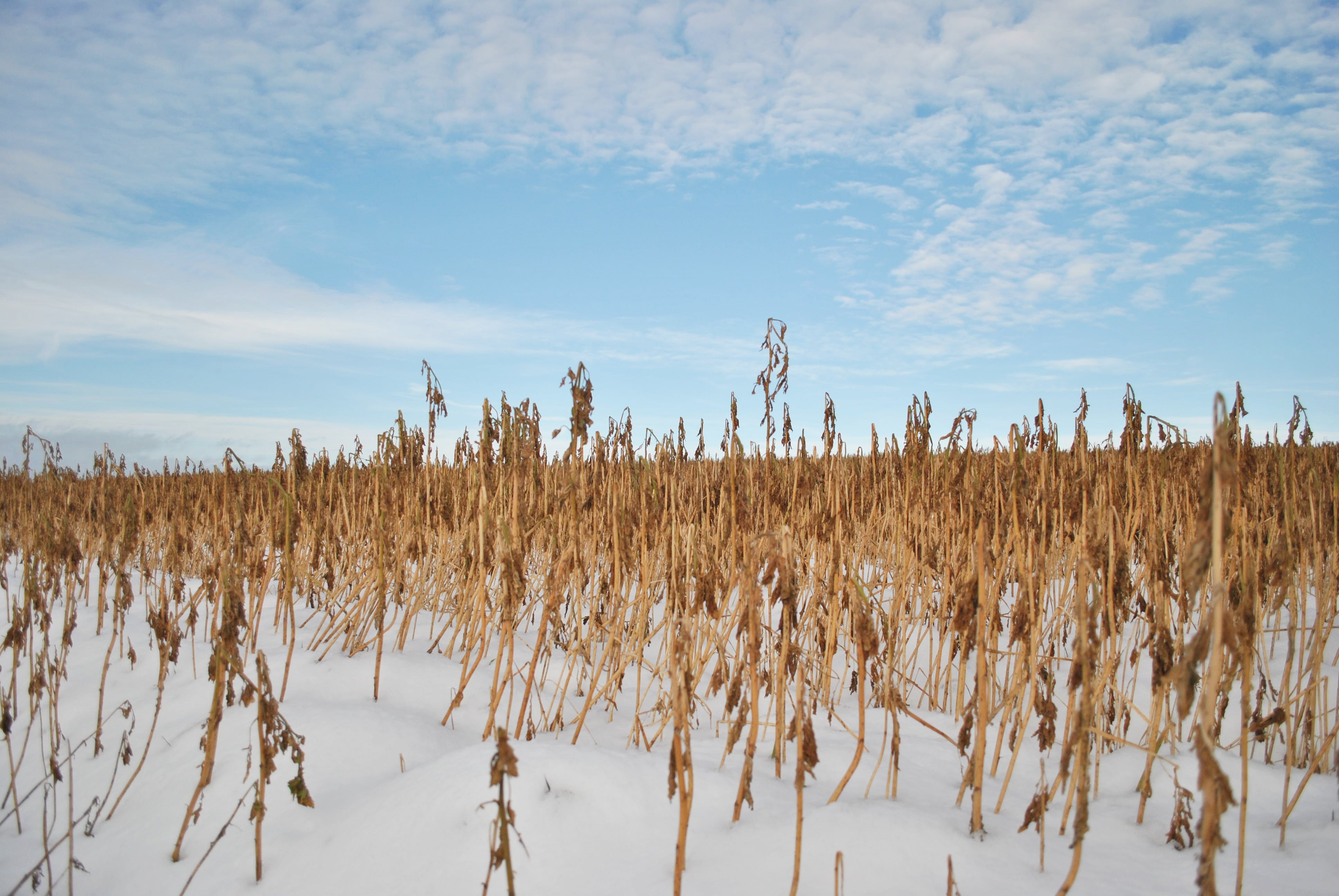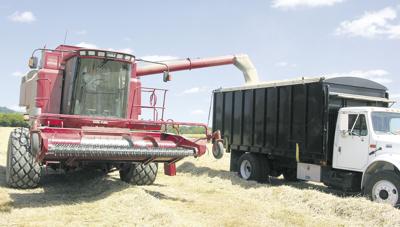As winter approaches, the fields now stripped of corn and beans ought to have a cover of green before the snow flies.
First, and foremost, if winter snow comes late or not enough, your soil can be stripped from your property, and you can expect to lose both fertility and productivity as a result. Wind, rain, melt and freeze and run off can be devastating.
A cover crop provides a blanket of protection from the ravages of winter. Annual ryegrass doubles its benefit by protecting the surface while restructuring the soil profile below. It has a massive root system that adds organic matter to the soil. Moreover, it sends roots deep into the soil to 6 feet, through compacted layers, and provides channels for next year’s corn to follow.
With a cover crop in place, even without snow, the greenery will protect the soil from an infestation of annual weeds over the winter, as well as prevent erosion next spring. When you get rid of the cover crop, with glyphosate, the residual biomass left by the annual ryegrass or other cover crop will continue to decay and feed the corn or beans the stored nitrogen in the residue. That helps to reduce the amount of money you’ll have to spend sidedressing your crop with extra nitrogen in June.
Here’s a link to a number of helpful tips for starting and managing annual ryegrass as a cover crop. Please contact us if you have questions.








